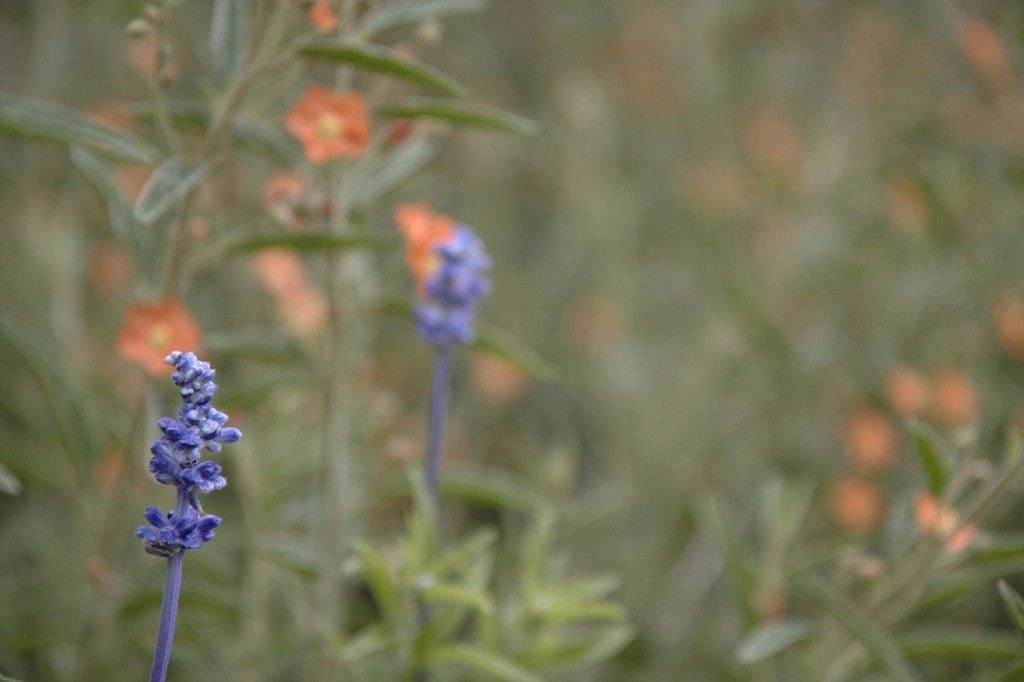Native Garden Plants: Native Plant Environments In The Garden


If you haven’t explored the idea of gardening with native plants, you may be surprised at the many benefits that gardening with natives can offer. Native garden plants are easy to grow because they’re naturally in tune with the environment. Native plants provide critical habitat for beneficial pollinators, like honeybees and butterflies, and birds and wildlife will happily find their way to your garden. Because native plants are “at home,” they are hardy, drought-tolerant and generally require no pesticides, herbicides or fertilizer. These plants even improve water and air quality and prevent soil erosion too. Are you convinced to try your hand at gardening with native plants? Before you begin, it pays to learn about gardening with natives and native plant environments
Native Garden Plants
Native plants are defined as plants that occur in a particular area without human assistance. In the United States, any plants that were present before the arrival of European settlers are considered to be native plants. A native plant environment may be a region, state, or a particular habitat. For example, plants native to the swamps of Florida wouldn’t survive in the Arizona desert, while those that grow in the tidal marshes of the Pacific Northwest wouldn’t survive a Minnesota winter. It doesn’t matter where you live or where you garden; native plants can still be found thriving there. If designed appropriately, with native habitats in mind, native plantings will require little maintenance, as their natural environments sufficiently meet all of their needs.
Types of Native Plant Environments
Why is it so important to learn about native plants and native plant environments? Native plants have existed in the environment for thousands of years, so they have had plenty of time to develop a healthy resistance to pests, diseases, predators and weather conditions of the particular area. However, native plants are not equipped to stand up to the encroachment of non-native plants, pests and diseases. It is estimated that 25 percent of all native plant species in the United States are at risk of extinction. By gardening with natives, you’ll be promoting a healthy ecosystem while helping preserving beautiful native plants. Here are some examples of native plant environments:
- Forests – There are coniferous, deciduous and tropical rain forests. Both coniferous and deciduous types include a host of wildflowers and native shrubs/trees. Tropical rain forests are wet and humid with trees and other vegetation growing close together.
- Woodlands – Woodlands are more open than forests with drought-tolerant trees, shrubs and various wildflowers.
- Mountains – Mountainous regions have steep cliffs, canyons and hillsides. Plants in these environments are adapted to higher elevations, low humidity, strong winds, intense sun and shallow soil.
- Wetlands – Wetlands support a number of native plants that enjoy plenty of moisture.
- Coastal regions – usually bordering seasides, plants here are well adapted to drier conditions, sandy soil, wind and salt sprays.
- Grasslands and Prairies – Grasslands and prairies generally possess low water, higher temperatures and a variety of soil conditions, from clay-like to richly fertile.
- Desert – Desert environments can be challenging but worthwhile and beautiful. Extreme temperatures, little rainfall or water and intense sun and wind dominate these regions.
Gardening tips, videos, info and more delivered right to your inbox!
Sign up for the Gardening Know How newsletter today and receive a free copy of our e-book "How to Grow Delicious Tomatoes".

A Credentialed Garden Writer, Mary H. Dyer was with Gardening Know How in the very beginning, publishing articles as early as 2007.
-
 Creative Ideas For Plant Containers: 7 Ways To Save Money And Add Charm To A Garden
Creative Ideas For Plant Containers: 7 Ways To Save Money And Add Charm To A GardenIf you are looking for great ways to add personality to your container gardening – and even save yourself some money – then try these creative ideas for plant containers
By Mary Ellen Ellis
-
 How To Make A Bouquet Garni Or Herb Bundle For Cooking
How To Make A Bouquet Garni Or Herb Bundle For CookingIf you’re a great cook, you may have made an herb bundle before. If this is a new idea, learn how to add sparkle and interest to your dish with a bouquet garni.
By Amy Grant